The QLD electorates where home prices have grown the most since last election
Some of Queensland’s least marginal and lowest-income electorates have experienced the biggest jumps in property prices since the last federal election, with values in one growing a staggering 60 per cent. SEE HOW YOUR ELECTORATE FARED
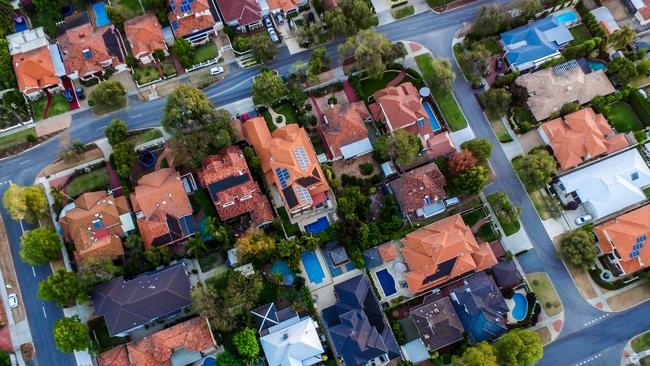
Property
Don't miss out on the headlines from Property. Followed categories will be added to My News.
Some of Queensland’s least marginal and lowest-income electorates have experienced the biggest jumps in property prices since the last federal election, pushing the dream of home ownership even further out of reach.
With housing affordability a key policy battleground going into the May 21st election, PropTrack has crunched the numbers for The Courier-Mail to break down property price growth by electorates across the state.
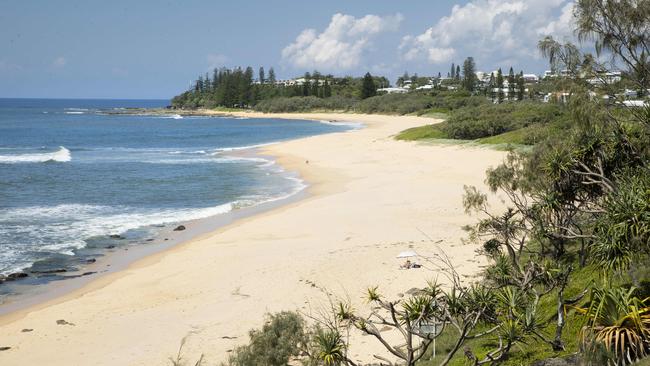
The data reveals prices have grown the most in regional, lower income electorates since 2019,
with the safe LNP seat of Fisher, covering the southern Sunshine Coast, recording the highest house price growth of nearly 60 per cent.
The median house price across the seat, which incorporates suburbs like Caloundra, Mooloolaba, Maleny and Beerwah, has jumped from $550,000 in 2019 to a staggering $870,000 today.
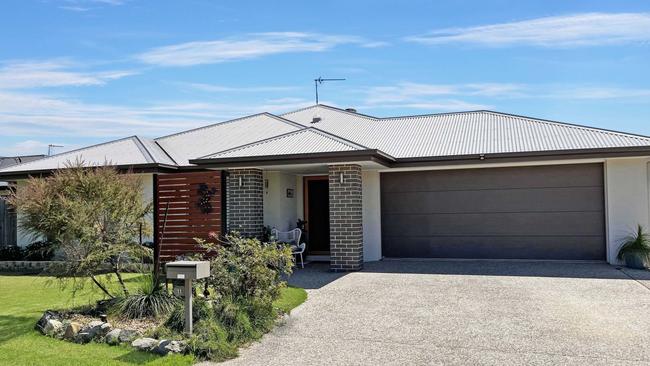
The electorate only has a median household income of $1251 a week, according to the most up-to-date Australian Bureau of Statistics figures, making the seat very unaffordable.
House prices have also climbed more than 50 per cent in the Gold Coast LNP seat of McPherson (held by a margin of 12.2 per cent), and in Fairfax (held by a margin of 13.4 per cent), also on the Sunshine Coast and held by the LNP.
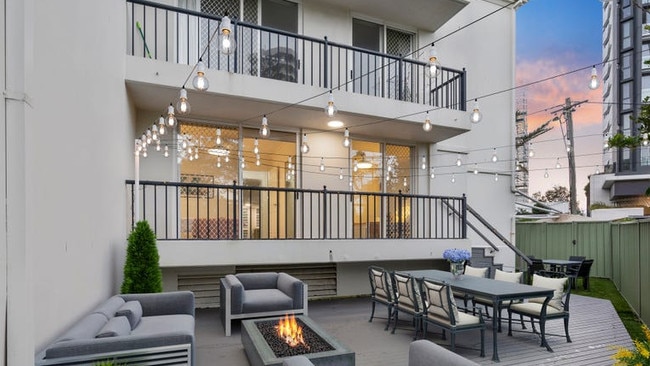
These electorates have median household incomes of $1395/week and $1297/week, respectively — below the national average.
Two marginal Labor seats made the top 10 for house price growth since 2019 — Griffith (held by Labor by a 2.9 per cent margin) in Brisbane’s inner east and Lilley (held by Labor by a 0.7 per cent margin) in Brisbane’s north.
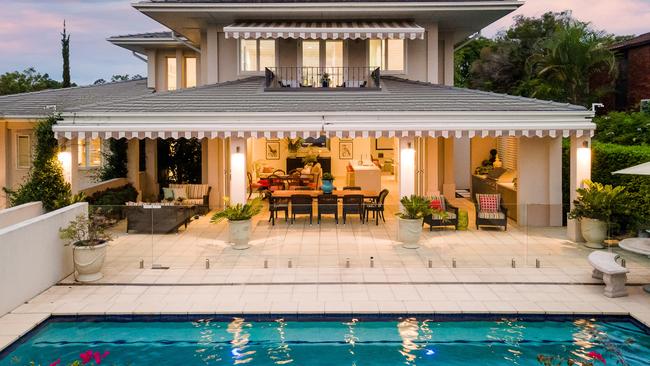
Unit prices soared the most in the LNP-held electorates of Fairfax and Wide Bay (held by a margin of 13.1 per cent), where the median household income is barely over $1000/week.
The lowest house price growth since the last election was recorded in LNP seats, led by the rural seat of Maranoa, where towns like Charleville, Cunnamulla, Dalby, Roma, Kingaroy and Stanthorpe collectively saw house prices grow on average 15 per cent.
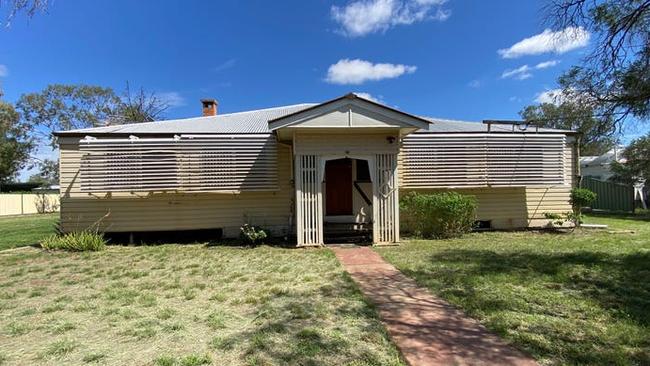
The electorates of Herbert in north Queensland, covering Mackay and Townsville, and Groom in the Darling Downs, recorded average house price growth of 18 per cent.
But units performed the worst in the Labor electorates of Oxley and Blair — both recording declines of 8 per cent and 7 per cent, respectively.
PropTrack economist Angus Moore said one of the most noticeable trends since the last election was how well property prices in regional Queensland electorates had performed.
“These are all areas that have done well out of some people being able to work from home and people wanting to live near the beach and have more space,” Mr Moore said.
“We’ve seen more of a premium placed on larger houses versus smaller ones and units.
“These are areas where the people who own there have done very well out of owning a home and it is going to be increasingly difficult for those who don’t to save the deposit for a mortgage.”
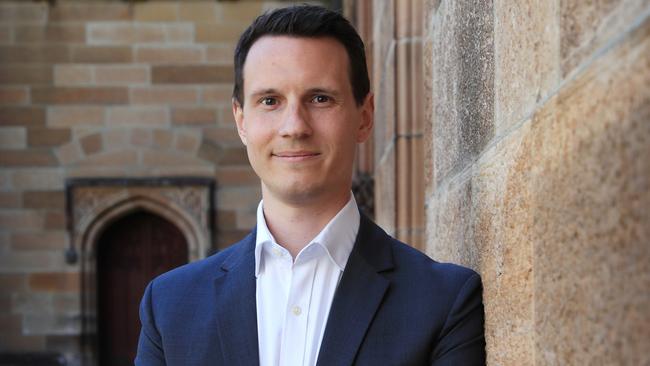
In terms of overall home price growth across all electorates, both Labor and the LNP recorded increases of 34 per cent since the last election.
“There aren’t really any major discrepancies between the two major parties when it comes to growth,” Mr Moore said.
“Some of the areas that really outperformed such as the Sunshine Coast and Gold Coast do tend to be LNP-held, while some inner-city areas that have underperformed often are Labor held, but some outer suburbs (held by Labor) have also done quite well.”
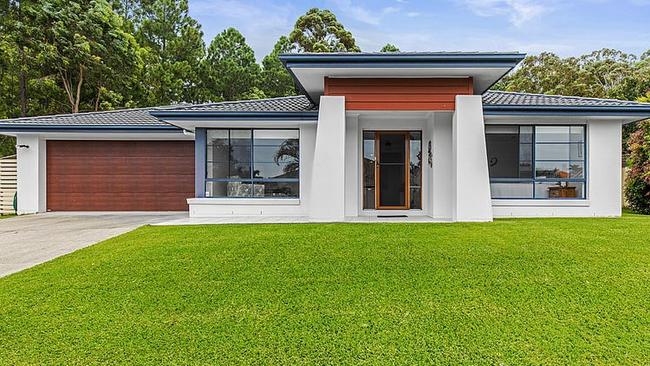
Ray White Beerwah agent Alex Garden, who covers Beerwah and the Glass House Mountains in the electorate of Fisher, said first homebuyers who were paying $500,000 for an entry-level property three years ago were now spending north of $800,000 for one.
“If you were to look an hour from Sydney or Melbourne, you’d still be paying over $1 million,” Mr Garden said. “Our area has been undervalued for so long and people recognise that.
“It’s a combination of all-time high rental prices, interest rates at all-time lows and better value for money out here.”
But Mr Garden said there was a shortage of residential land in the electorate.
“The government really have to step in and open up some options for housing in the area,” he said. “At the moment, we’re landlocked. There is plenty of farmland that could be rezoned for great housing developments, without needing to cut down any forestry.”
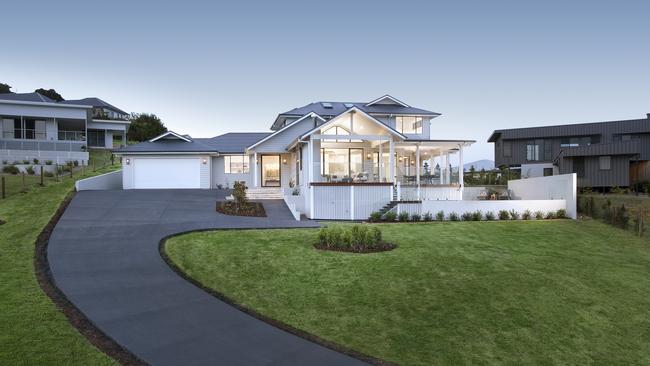
It is not yet known what impact Queensland’s newest residents will have on the poll.
The state’s population grew by more than 57,800 in 12 months, mostly from Victoria and New South Wales.
“Unlike last election, neither of the major parties have announced big housing policies, so we don’t think there will be a big impact on buyer/seller confidence or momentium in the market,” Mr Moore said.
Buyer’s agent and Buyers Buyers founder Pete Wargent said regional population growth outpaced the capital cities in 2021 for the first time in 40 years, and through the pandemic the attractive lifestyle locations of Sunshine Coast and Gold Coast were the obvious beneficiaries of the working from home phenomenon.
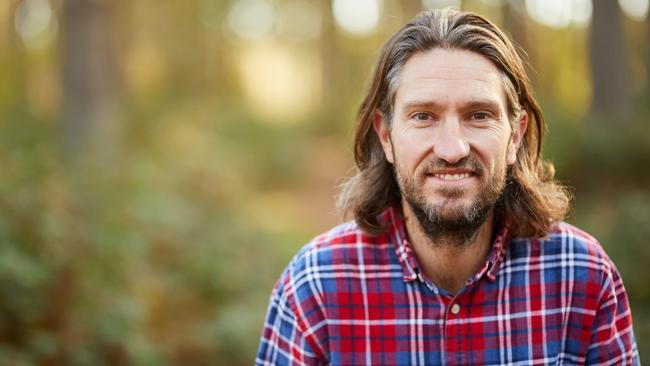
“Historically, elections have tended to be somewhat disruptive for housing market activity, as buyers and sellers tend to seek a level of certainty before committing to such a significant life purchase,” Mr Wargent said.
“This was particularly the case in 2019, when the Opposition proposed a raft of changes to tax legislation, which would have had a direct impact on property investors in particular.
“This time around, most proposed policies are generally supportive for the housing market.”
Originally published as The QLD electorates where home prices have grown the most since last election



